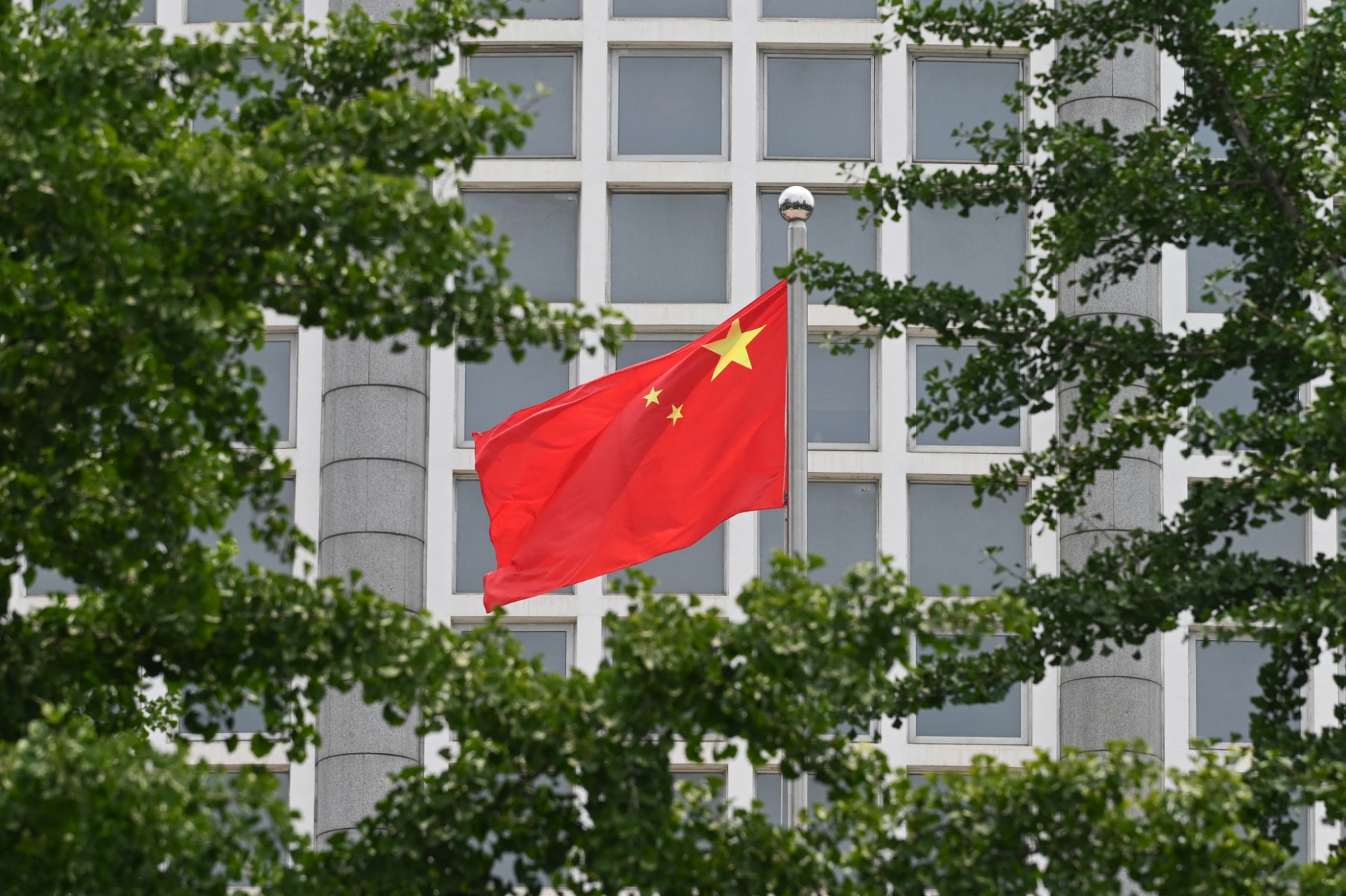Paris, France– By the end of 2023, China will control half the world’s installed capacity of electrolyzers for producing low-carbon hydrogen amid a slowdown in new projects due to inflation, according to an International Energy Agency report released Friday.
“After a slow start, China has taken the lead on electrolyser deployment,” the IEA report on hydrogen said.
China’s installed electrolyzer capacity has jumped significantly in recent years and is expected to reach 1.2 gigawatts –- 50 percent of the global capacity — after having accounted for just 10 percent of the global capacity in 2020.
Electrolyzers are devices used for the industrial separation of hydrogen and oxygen within water molecules, using electricity obtained through renewable energy sources such as solar, wind or nuclear.
With the green energy transition underway, electrolyzers are becoming essential to replace traditional methods of producing industrial hydrogen.
These have relied on polluting methane gas in a process linked to the petrochemical industry which is inexpensive but results in greenhouse gas emissions.
The production of low-carbon hydrogen could reach 38 million tons by 2030 as long as all projects that have been announced are implemented, the IEA said.
But the IEA is concerned about rising equipment costs due to inflation which are “putting projects at risk and reducing the impact of government support for deployment”.
“Several projects have revised their initial cost estimates upwards by up to 50 percent,” it said.
The agency is also concerned about the slow replacement of traditionally produced grey hydrogen for green hydrogen worldwide.
Low emission hydrogen accounted for less than one percent of the world’s demand in 2022, the agency said, meaning hydrogen use accounted for 900 million tons of equivalent carbon dioxide emissions.
“Low-emission hydrogen use is still far from what is needed to meet climate goals,” the report said, while calling for greater international cooperation to avoid market fragmentation.

